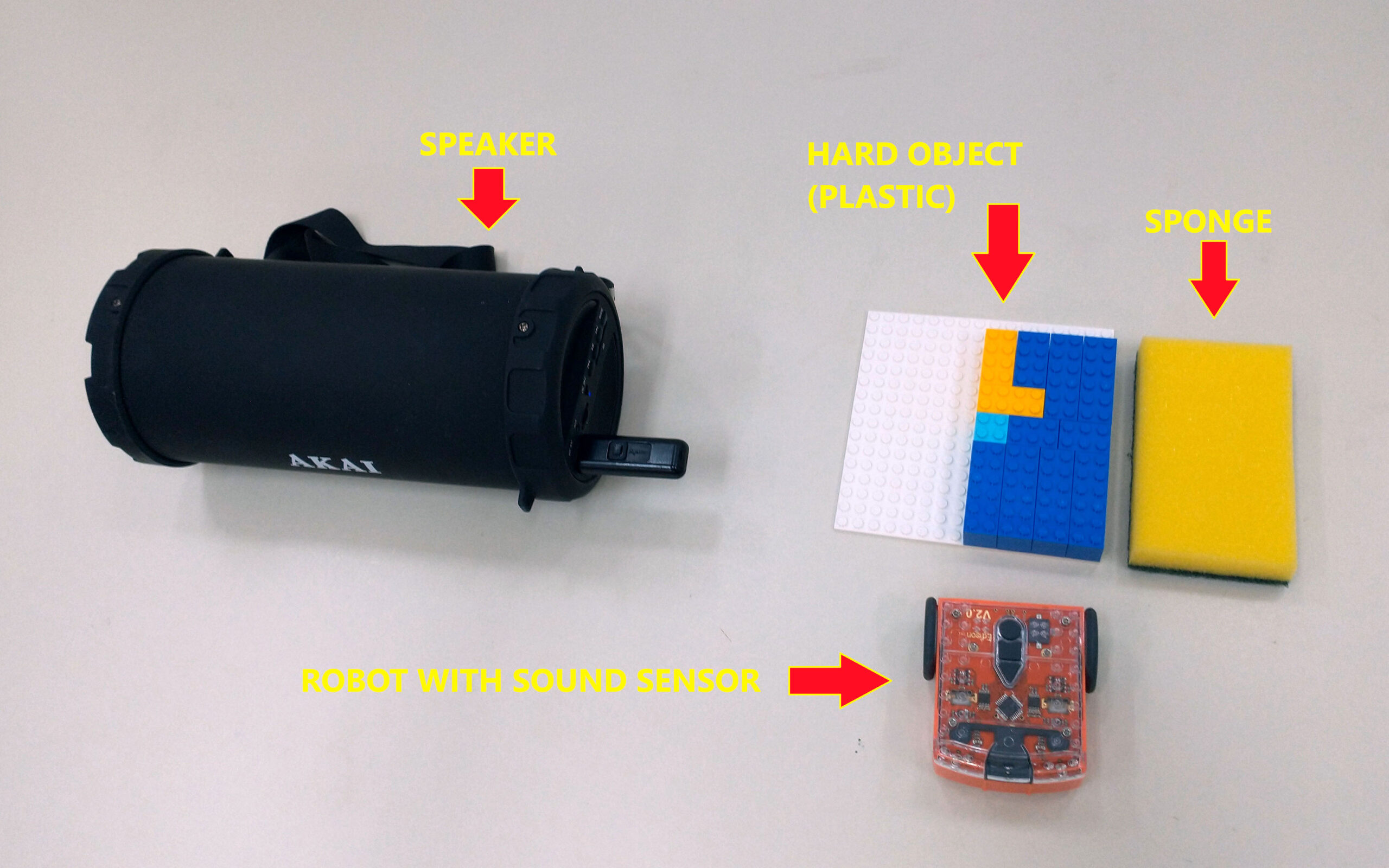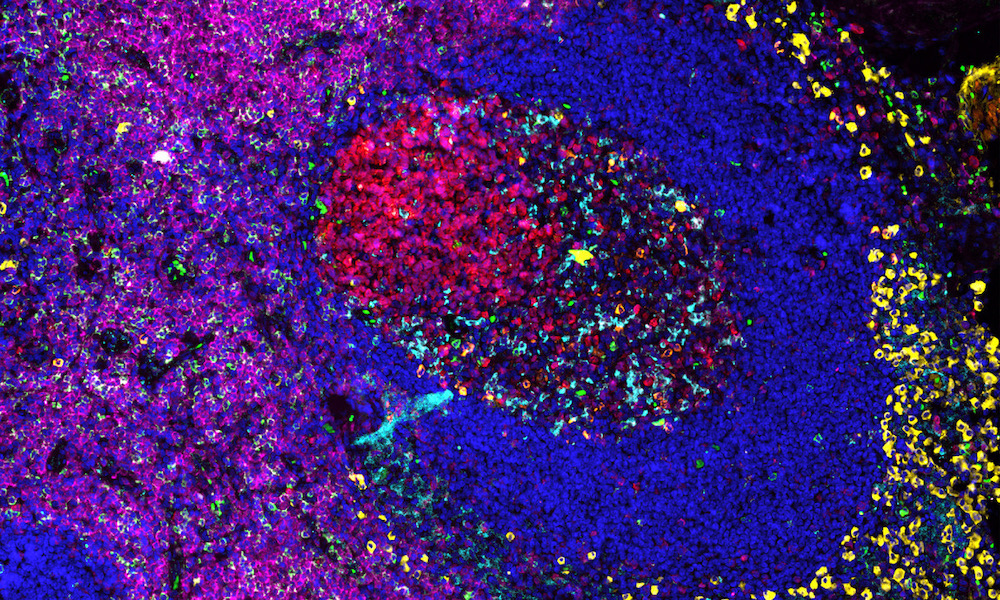
Science on a shoestring: inspiring experiments with everyday items
Low cost, high impact: try these creative and engaging experiments that use inexpensive everyday materials to bring curriculum science to life.

Article of the week
Learn about a variety of biochemical processes with these quick, simple experiments using one of the world’s favourite fruits.
Read more
Low cost, high impact: try these creative and engaging experiments that use inexpensive everyday materials to bring curriculum science to life.

Sounds good: try some simple activities that use robots to explore the basic properties of sound waves – reflection, absorption, and propagation.

How do scientists develop new materials for the computers of the future? Discover the rare magneto-electric properties of layered perovskites.
We cover a wide range of scientific topics and many articles are additionally available as translations in different European languages.

Explore cutting-edge science and real-world applications.

Discover projects, people, and resources.

Find ideas and teaching materials for classroom activities.
Articles from previous issues

Shortly before Christmas 2006, German ESA astronaut Thomas Reiter returned from the International Space Station. A month later, Barbara Warmbein…

Beyond the five senses: Some bacteria can sense magnetic fields. Learn how they do this and how this could help us design…

Dominique Cornuéjols from the European Synchrotron Radiation Facility introduces us to the world of crystallography. It’s not all shiny…
Discover free events and activities offered by the EIROforum members and other non-profit groups.

EMBL invites teachers to join this free virtual course for an overview of cell biology and omics, and inspiration for teaching the topic in the classroom. It runs from 29 Sept to 12 Oct 2025 and offers a mix of live sessions and self-paced materials
Do you have an engaging classroom activity to share with other teachers? Is there an interesting scientific topic that you could explain to STEM teachers and their students? We welcome submissions from teachers and scientists.
Would you like to help ensure that our content is interesting, inspiring and useful to STEM teachers? Consider joining the Science in School teacher reviewer panel. There is no obligation; just send us an email to express your interest.
If you find an article interesting or useful, perhaps you'd consider translating it into your native language? This really helps to increase the reach of our content so that as many teachers as possible can benefit from it.